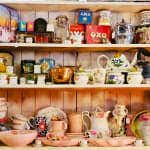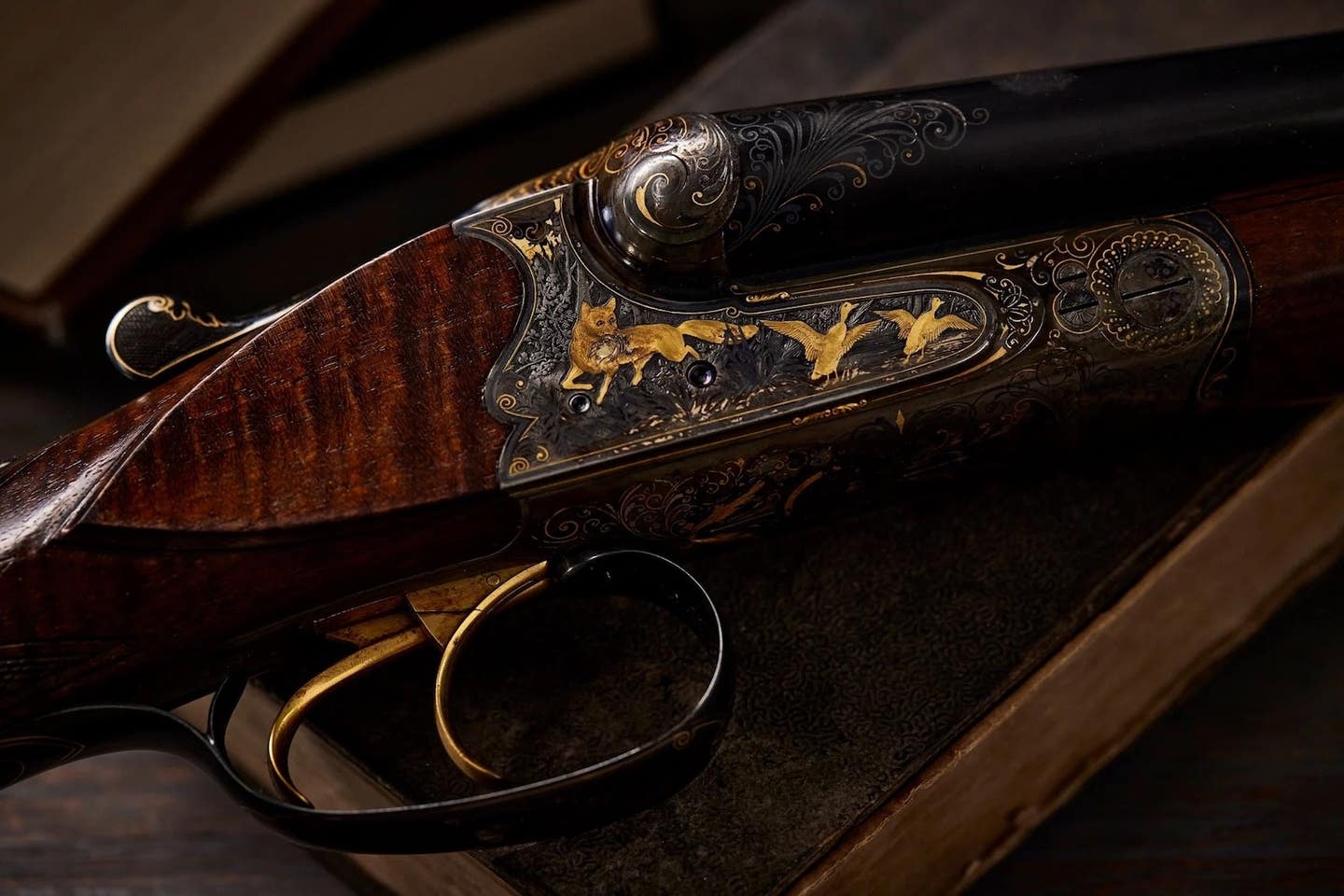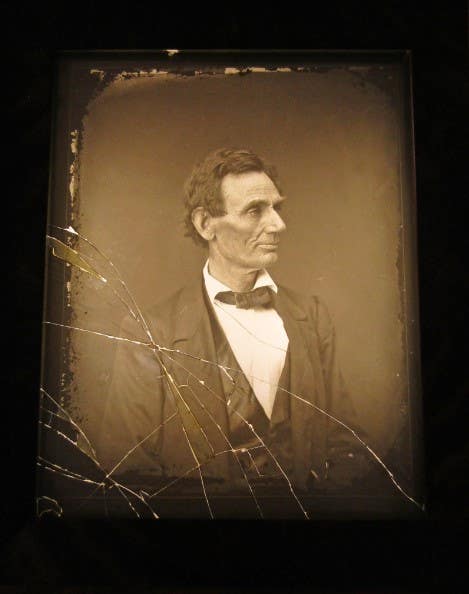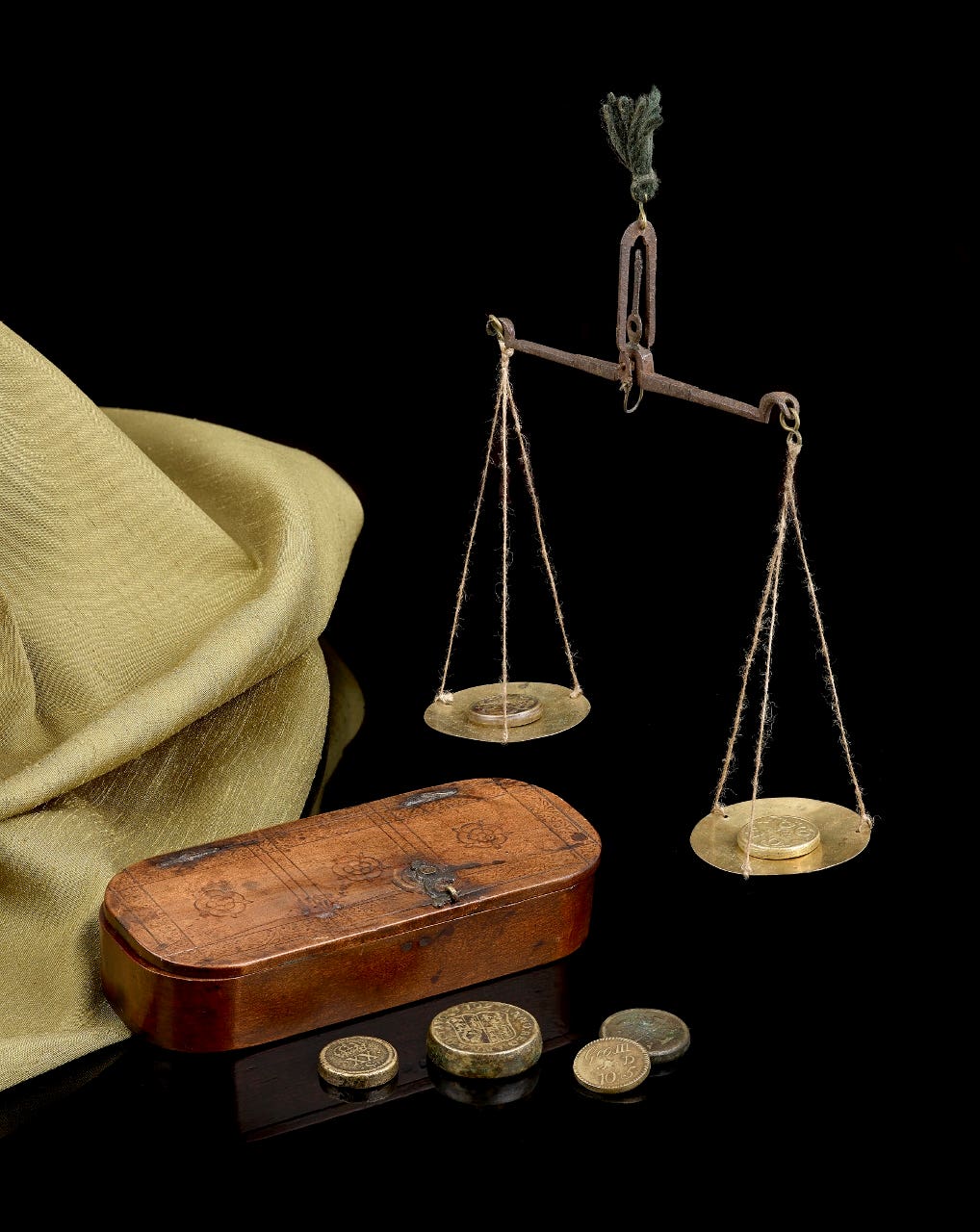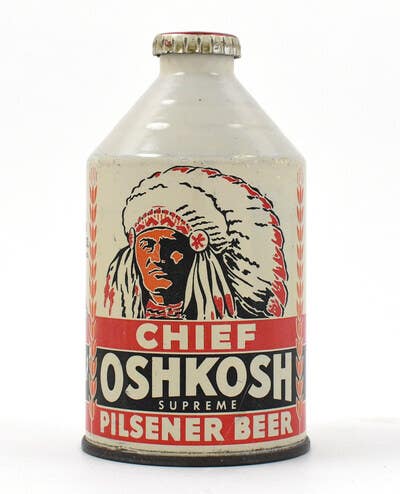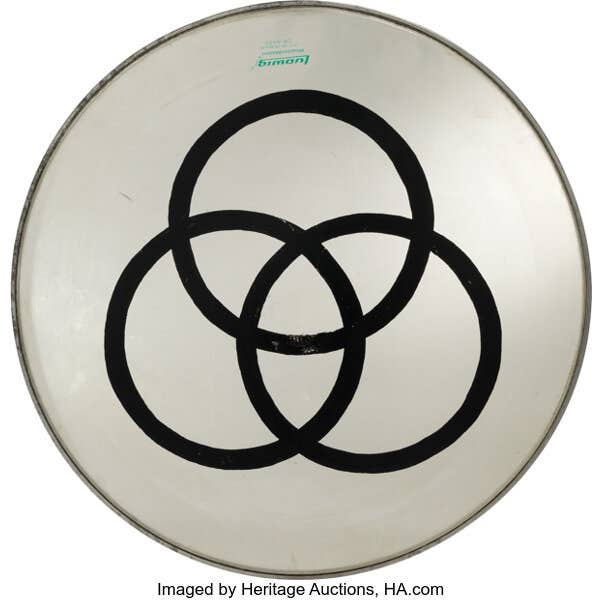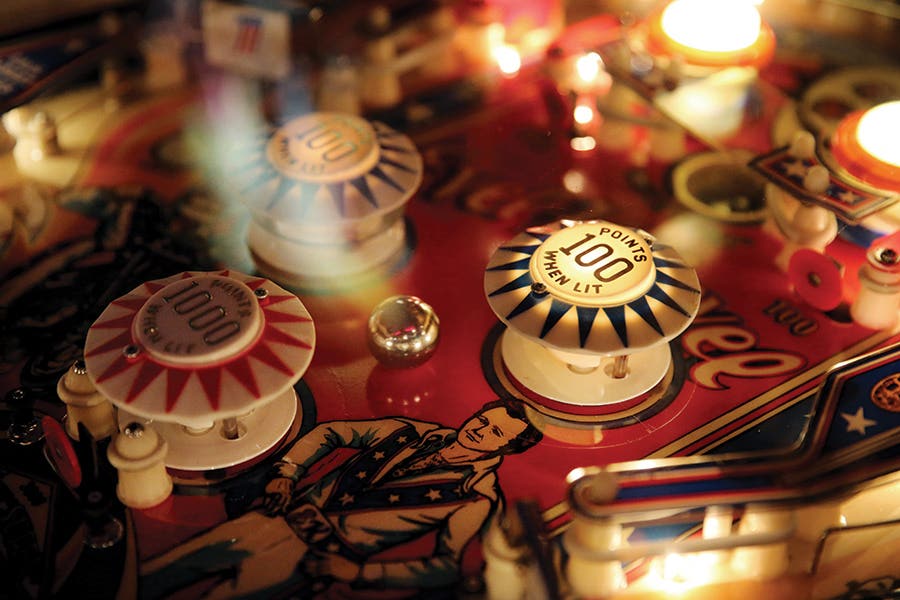Georgian Period Jewelry: The Elusive and Inclusive Era
Jewelry’s role in history can be undervalued. Antique Trader contributor Dr. Anthony J. Cavo teams up with Nancy Schuring, of Devon Fine Jewelry, to examine the sustainability of Georgian period jewelry.
By Dr. Anthony J. Cavo and Nancy Schuring
According to British nomenclature, a ruling monarch’s era was often named for the monarch. Thus the Georgian era refers to the reigns of George the first through fourth, the Victorian era for Queen Victoria, and the Edwardian era for King Edward VII.
Although, by definition, the Georgian period is delineated by the reign of Kings George I, II, III & IV during the years 1714 to 1830 it usually incorporates the seven-year reign of William IV (1830-1837) who was the son of George III and brother to George IV. By George, so many Georges! (Unfortunate English school children must memorize all these Georges; thankfully we Americans have just the one.) Although the period is named for a British monarch the influences for design came from Europe and the Middle East.
The Georgian era was a tumultuous time. Europe and the New World were percolating with both war and peace. This period saw the Russians and Turks fighting everyone, the Jacobite Rising, the Ottoman Venetian War, the War of the Quadruple Alliance, the war of Polish succession, the Chickasaw Wars, a couple of Anglo-Spanish Wars, the Spanish Portuguese War, the War of Austrian Succession, the French and Indian War, the Seven Years’ War, the American and French Revolutions, and the War of 1812; in short – a lot of wars.
Despite the upheavals and destruction there were peaceful interludes associated with art, creativity and beauty. Fashion ruled the upper classes; hairstyles were often large, tall and sometimes outrageously decorated. Necklines plunged revealing new frontiers for the jeweler to adorn. These were the days of Shelley, Byron, Keats, and Austen. The time was fertile for a new and stunning array of jewelry styles incorporating Rococo, Baroque, Neoclassical, Gothic Revival, and Regency styles. New tooling techniques and gemstones set the stage for a burst in jewelry production. Three dimensional scrolls, floral embellishments, leaves, bouquets, bows, ribbons, crescents, plumes, articulated pieces, a lack of symmetry, Vauxhall glass, paste, foil backs, enameling, and roughly cut gems defined this era, the elusive, all-inclusive phantom jewelry era under the term “Georgian.”
Larger and Lighter Adornments
The inordinately large earrings seen during the Georgian era are typically and surprisingly lightweight. Jewelers maximized their use of gold by fashioning the gold into thinner, longer, larger pieces. A by hand-hammering gold ingots into sheets (the invention of the rolling mill in 1750 eliminated this step). Georgian jewelers like their 19th, 20th, and 21st century counterparts melted older gold jewelry they considered unfashionable and used the gold for more fashionable pieces.
Handcrafted, labor-intensive large, lightweight gold pieces gave the desired impression of wealth at far less cost; the money saved could be used for more jewelry. Pinchbeck, an alloy of copper and zinc mixed in a proportion that resembled gold, was invented during the 18th century; it successfully mimicked the effect of gold without having the expense of gold. Pinchbeck is an appellation used excessively and incorrectly by many antique dealers and on-line vendors of Victorian jewelry. Steel, which will be discussed further on, was also used in Germany as settings for gems.
Some Georgian pieces are readily discounted because of the presence of paste embellishments and others. This is because it is difficult for people to imagine gems such as diamonds mounted in silver or set over foil. Our visual palate has become accustomed to the stylized look of machined, and mass-made. Victorian jewelry, which, unlike hand-forged Georgian jewelry, is susceptible to pitting. We have become use to the rule that if a piece of Victorian jewelry is not gold then the stones cannot be genuine. We extend that belief to all jewelry. In today’s market, Victorian jewelry is readily available and it is the era with which most collectors are familiar. Hence we tend to compare or identify everything as “Victorian.”
Don't Dismiss, Delight In Georgian Jewelry
It is tempting to dismiss innovative Georgian pieces as perhaps crude examples of early Victorian;
however, once you discover the diversity and enchantment of Georgian design and superior craftsmanship you will begin to appreciate what you had previously missed.
The demand for diamonds during the early Georgian era was greater than the supply. During the first quarter of the 18th century India was the sole source of diamonds. This shortage and desire for diamonds was met by substituting cut steel, paste, foil-backed glass or rock crystal. Then, in 1725, a new and greater source of diamonds was discovered in Brazil. Within five years the supply of obtainable diamonds caused the price to drop significantly. Enough for the gem to become available to the middle classes. At this time diamond cutters introduced exciting new types of gem cuts. In addition to rose cut, flat cut, and table cut diamonds, other cuts were prevalent. The list includes old mine, cushion, and brilliant cut were introduced. Cabochon and briolette were very popular cuts for color gems.
Innovative Construction
No discussion of Georgian jewelry would be complete without mentioning the Etruscans. In 1743 a Florentine scholar, Filippo Buonarotti, published a century old manuscript about the Etruscan culture. With new eyes on the original piece by Sir Thomas Dexter the craze for all things Etruscan began. The Etruscans utilized glass paste, granulation, and filigree in designs that included rosettes, wreaths, leaves and berries. They learned these techniques from Syro-Phoenician jewelers who settled in Etruria.
Cannetille, another form of jewelry construction used during this era, very closely resembles filigree work and is comprised of fine gold or silver wires twisted into lace-like patterns; it has more depth and dimension than flatter filigree work. Another form favored by jewelers was the Sévigné (named for the Marquise de Sévigné), which is a ribbon or bow-shaped brooch typically set with many small diamonds. Later forms incorporated the girandole design with suspended diamonds or pearls.
Necklaces were de rigueur for evening wear and necessary to decorate the area now exposed by the newer fashionable gowns with low necklines; the rivière was by far the most popular form. A rivière necklace consists of gems of the same species, emeralds for example, of the same or graduated sizes each in a separate, simple setting (the collet setting being predominant) connected by cord, ribbon or links; the stones encircled the entire neck and could be worn long to rest on the bosom or as a choker. Necklaces and bracelets were secured with an S-hook, a toggle or a push-in box clasp – the tongue of which was V-shaped rather than the rectangular shape we see today.
Fashion Fueled by Society
Bracelets were abundant and worn in pairs either at the wrist or on the forearm. Rings were oval, navette or rectangular in form. Portrait and silhouette jewelry under glass or natural crystal were the trend.
Memorial (mourning) and hair-work jewelry, often most closely associated with the Victorian era, were ubiquitous in the Georgian period. Hair of the departed was fashioned into bows, fronds, and feathers then mounted under glass or placed under glass behind a ring, brooch, bracelet or pendant. Dramatic carvings in shell, crystal and glass and paintings on porcelain or ivory and paper under glass depicting gravesites, urns, and weeping willows above sobbing figures, eyes with tear drops, Pascal lambs and even skull and crossbones were inserted in rings, bracelets, brooches and necklaces.
A rare fashion seen in Germany during the Georgian era was jewelry made of iron.,This jewelry is known as Fer de Berlin (Berlin iron) and was a direct result of the war with France. In an effort to finance the war Germans donated their jewelry and in turn received copies of that jewelry cast in steel and lacquered black. Fer de Berlin jewelry was sand cast and often included the inscription, “Gold gab ich fur eisen” (I gave gold for iron). The desire for Fer de Berlin jewelry continued after Napoleon no longer posed a threat; today genuine examples of these pieces are rare.
Inspiring Investment
The parure was another defining style of the Georgian era. The demi-parure consisted of two to three matching pieces of jewelry. In comparison the full parure can contain up to seven pieces. This includes: a necklace, matching bracelets, earrings, a brooch and a ring. The parure was quite versatile with a necklace often becoming a pair of bracelets, a brooch doubling as a pendant, and articulated earring that could be shortened for daytime wear and lengthened for evening. Today it is difficult to find a complete parure, especially in the original fitted box since many sets were split up or melted down and refashioned.
Georgian jewelry is not only beautiful, it is an investment. With every passing year more and more of this jewelry is lost to the scrap pile. The metals are melted and used for modern pieces and the charming, rough cut beauty of the stones is lost to re-cutting. Finally, when you own a piece of Georgian jewelry you truly own a unique piece of history. Each time you hold it try to imagine the times of tumult it survived without being scrapped or destroyed and the hands through which it has passed or the lands and oceans it has crossed on its journey to you; I guarantee you’ll feel a thrill.
Views of Georgian Jewelry
Dr. Anthony J. Cavo is an honors graduate of the Asheford Institute of Antiques and a graduate of Reisch College of Auctioneering. He has extensive experience in the field of buying and selling antiques and collectibles. Cavo is also the author of Love Immortal: Antique Photographs and Stories of Dogs and Their People.


